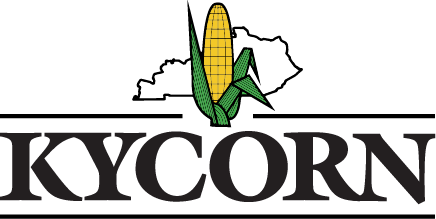Hannah York, Murray State University and Edwin Ritchey, University of Kentucky – Plant and Soil Sciences
Abstract
Starter fertilizers are used by producers to help overcome wet and cool soils often encountered with early planted corn. Early planted corn in no-tilled fields and limited drainage typically have the greatest chance of response from starter fertilizers. Starter fertilizers can range from a mixture of UAN, ammonium polyphosphate (APP), and other fertilizers to low salt (LS) formulations containing N, P, K and various micronutrients. Some that promote LS starter fertilizer products claim that UAN and/or APP contain salts at levels that will inhibit seed germination, growth and ultimately yield, even at low use rates. This study was conducted to determine the influence of starter fertilizer combinations and rates on corn emergence, growth, electrical conductivity, grain moisture, and grain yield. Corn (AgriGold AG6472) was planted on 6 June, 2019 with a four row Precision™ planter. Starter fertilizer was applied in-furrow at planting with a Surefire injection pump system. Treatments included UAN, APP, and a LS starter at 2.5 and 5.0 gallons per acre (gpa), 5.0 gpa mixture of UAN and APP, and an untreated control. All response variables were collected from the middle two rows of each plot. The 5 gpa APP treatment was significantly taller than the control treatment at all three sample dates. Plant height for the LS treatment at either rate was only greater than the 5 gpa UAN treatment at the early sample date. Differences in plant height diminished at later sample dates. Generally, treatments containing UAN resulted in higher electrical conductivity (EC) values than treatments without UAN in the formulation at the early sample date. The 5 gpa UAN treatment resulted in higher EC values than all other treatment except the 5 gpa LS treatment at the last sample date. No differences were observed for tissue nutrient content, grain moisture, test weight, or yield. Treatment costs ranged from $3.88 to $36.50 per acre. Although some differences in plant height and EC were observed, yield was not significantly influenced in this experiment. Deer damage in the plots introduced yield variability between replications. The LS starters do not appear to provide any benefit above the APP and UAN/APP mixtures used in this experiment.

